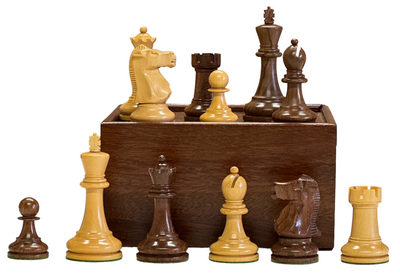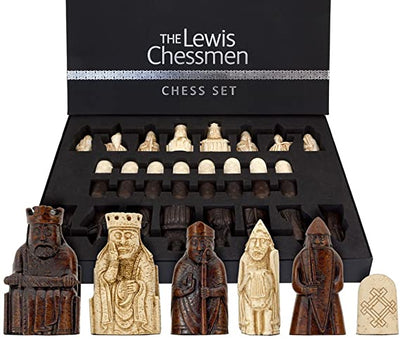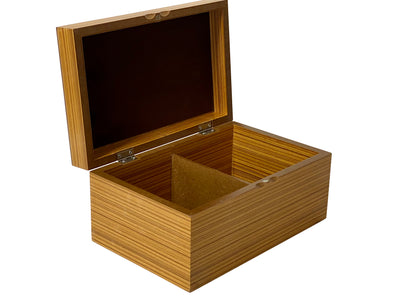Chess Pieces UK
Staunton Chess Pieces have clearly proven to be the gold standard in chess piece design since its launch way back in 1849. The Staunton design was introduced to the London firm Jaques by the in-house designer Nathaniel Cooke, and later endorsed by the then British Grand-master supreme, Howard Staunton.
So what exactly is a Staunton Chess Set? (see image below)

Easily identifiable, these six pieces make up what is in essence the collective army consisting of, The King, Queen, Bishop, Knight, Rook and Pawn. Pre Staunton design chess pieces, such as the Calvert, Northern and many of the then not banned, Ivory sets where not easily identifiable and caused confusion in a crowded middle game for example, where the chess pieces would be mingled. At Official Staunton we are proud to offer some of the World's finest Staunton designed Chess Pieces, here in the UK . Visit us now to view some of our beautifully crafted chess sets at www.officialstaunton.com
In a chess set, each player has 16 pieces: one king, one queen, two rooks, two bishops, two knights, and eight pawns. The pieces are traditionally made in two colors, white and black, and are placed on opposite sides of the chessboard at the start of the game.
The pieces are arranged in a specific order on the board, with the pawns in the front and the more valuable pieces behind them. The order from front to back on each side is as follows:
-
Pawns: Pawns are the most numerous pieces and are placed on the second row from the player's side of the board. Pawns can only move forward, but they capture pieces by moving diagonally. Pawns also have the special ability to move two squares forward on their first move.
-
Rooks: Rooks are placed on the corners of the board and can move horizontally or vertically as far as they like.
-
Knights: Knights are placed next to the rooks and move in an L-shape, two squares horizontally or vertically and then one square perpendicular to the first move. Knights are the only pieces that can "jump" over other pieces.
-
Bishops: Bishops are placed next to the knights and can move diagonally as far as they like. Each player has two bishops, one placed on a light square and one on a dark square.
-
Queen: The queen is the most powerful piece and is placed on the central square of her own color. The queen can move horizontally, vertically, or diagonally as far as she likes.
-
King: The king is the most important piece and is placed on the central square next to the queen. The king can move one square in any direction. If the king is threatened with capture (called "check"), the player must take action to protect the king or the game is lost.
In chess notation, the pieces are represented by the following symbols:
- Pawns: P
- Rooks: R
- Knights: N
- Bishops: B
- Queen: Q
- King: K







